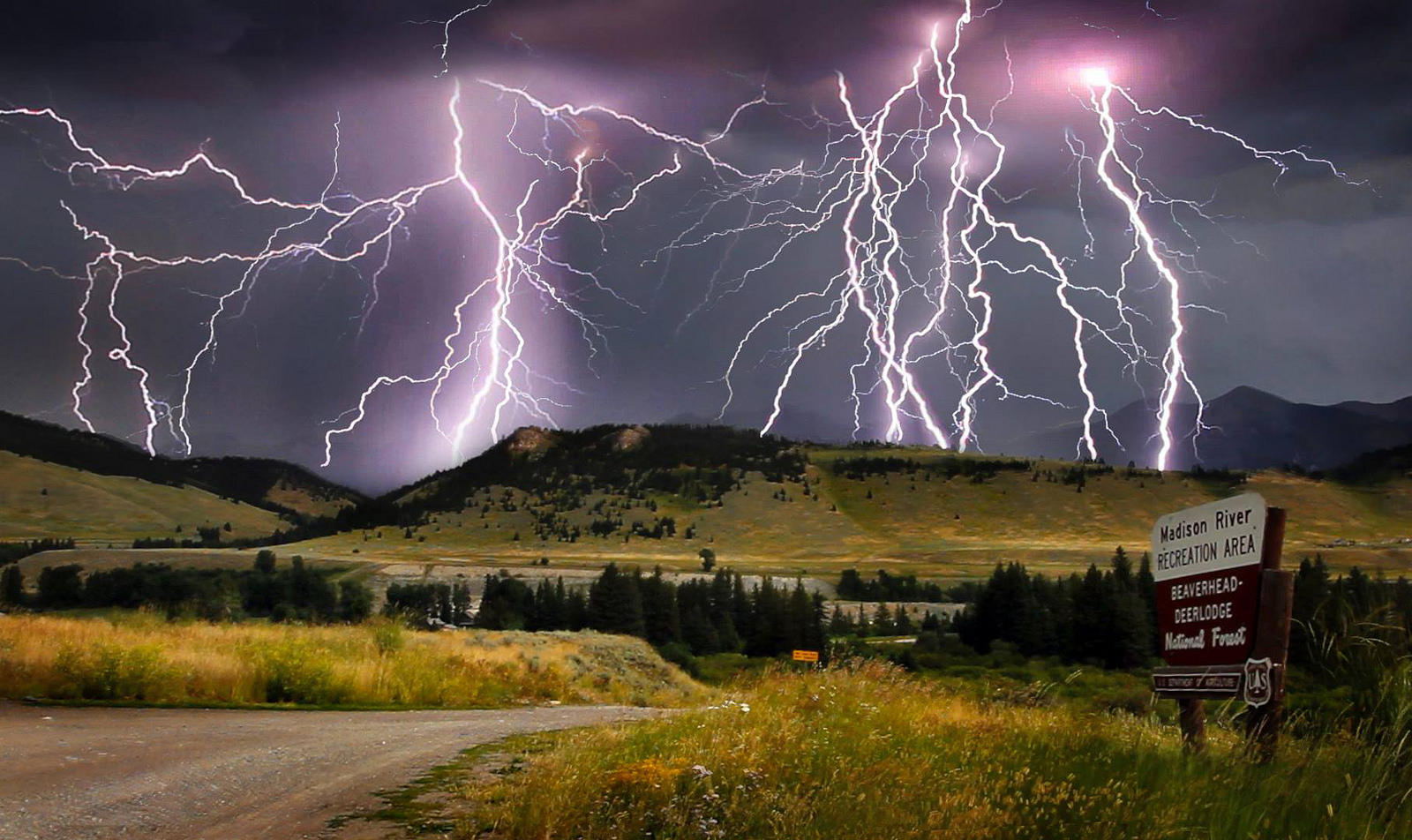
Cloud physics is the study of the physical processes that lead to the formation, growth and precipitation of atmospheric clouds. These aerosols are found in the troposphere, stratosphere, and mesosphere, which collectively make up the greatest part of the homosphere. Clouds consist of microscopic droplets of liquid water (warm clouds), tiny crystals of ice (cold clouds), or both (mixed phase clouds). Cloud droplets initially form by the condensation of water vapor onto condensation nuclei when the supersaturation of air exceeds a critical value according to Köhler theory. Cloud condensation nuclei are necessary for cloud droplets formation because of the Kelvin effect, which describes the change in saturation vapor pressure due to a curved surface. At small radii, the amount of supersaturation needed for condensation to occur is so large, that it does not happen naturally.
Atmospheric electricity refers to electricity that exists in the atmosphere as a result of natural phenomenon. The primary natural source of atmospheric electricity is thunderstorm activity, with lightning being the most spectacular and obvious manifestation of this electricity. However, there are other aspects of atmospheric electricity that cannot be seen visibly, but are helping scientist understand changes in the earth's climate.
After completing the course the student will be able to
- Able to identify different types of clouds
- Formation of cloud droplets and clouds
- Understand the theory of Droplet Growth
- Understand the formation and growth of Ice crystals
- Understand the precipitation process
- Acquire the knowledge of Severe storm and Hail formation
- Understand weather modifications
- Acquire the knowledge of thunderstorm formation and lightening
- Understand about the atmospheric electricity
- Acquire the knowledge about the precautions during the thunder and lightning.
- [ ALL TYPES OF CLOUDS]
- Teacher: Dr Madhu V